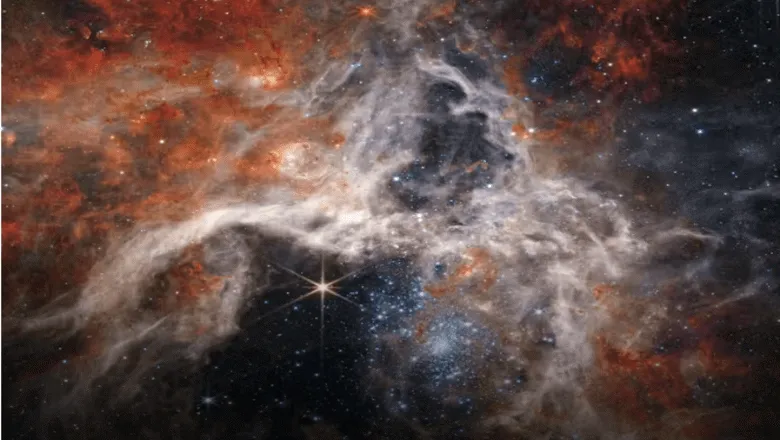
Dr Lucien Heurtier
Postdoctoral Research Associate
Research interests
- Physics
Contact details
Biography
Dr Lucien Heurtier is a Postdoctoral Research Associate in the TPPC group of the Physics Department, King’s College London. In 2015, Dr Heurtier obtained his PhD from École Polytechnique (France) in theoretical particle physics and cosmology. He then worked in Belgium (Univesité Libre de Bruxelles), the United States (University of Arizona), and in the UK (Durham University), where he achieved important work and published impactful articles on early universe cosmology, particle physics beyond the standard model, and primordial black holes. As an STFC postdoctoral research fellow at King’s College London, Dr Lucien Heurtier also supervises undergraduate and postgraduate students, is involved in outreach activities, and is organizing high-profile conferences in his field.
More information on Dr Heurtier can be found at: https://lheurtier.github.io/index.html
Research
- Primordial Black Holes
- Cosmic Inflation
- Dark Matter Phenomenology
- Particle Physics Beyond the Standard Model
Recent observations of the far Universe raised many theoretical questions: What is dark matter, dark energy? How did they form throughout cosmic history? Why is the Universe so homogeneous around us? What is the nature of the Big Bang? Dr Heurtier’s research focus on tackling each of these puzzles and propose theoretical solutions that could be tested with observations in the future.
Publications
The publication feed is not currently available.
Research

Theoretical Particle Physics & Cosmology
The research focus of the TPPC Group is on tests of new models of particle physics beyond the Standard Model, including supersymmetry, large extra dimensions and strings.
News
King's Doctoral Support Award 2024
We are pleased to announce the winners of this years King's Doctoral Support Award; Dr Lucien Heurtier, Professor Helen Fisher and Boma Campbell.

COMMENT: The Higgs particle could have ended the universe by now – here's why we're still here
Although our universe may seem stable, having existed for a whopping 13.7 billion years, several experiments suggest that it is at risk – walking on the edge...

The publication feed is not currently available.
Research

Theoretical Particle Physics & Cosmology
The research focus of the TPPC Group is on tests of new models of particle physics beyond the Standard Model, including supersymmetry, large extra dimensions and strings.
News
King's Doctoral Support Award 2024
We are pleased to announce the winners of this years King's Doctoral Support Award; Dr Lucien Heurtier, Professor Helen Fisher and Boma Campbell.

COMMENT: The Higgs particle could have ended the universe by now – here's why we're still here
Although our universe may seem stable, having existed for a whopping 13.7 billion years, several experiments suggest that it is at risk – walking on the edge...

